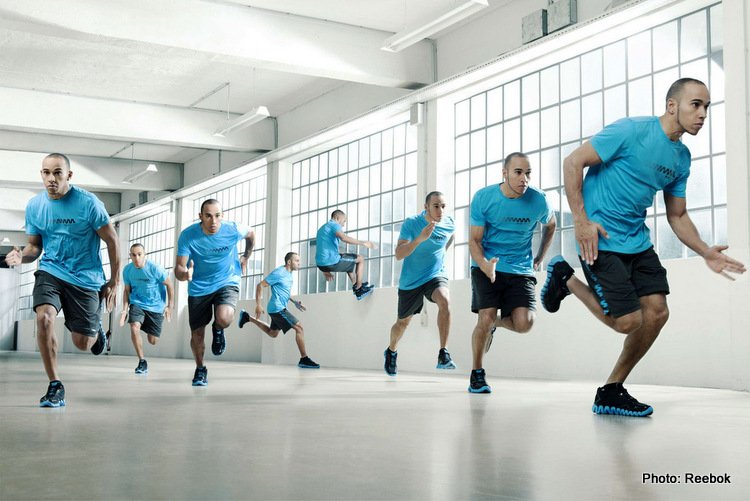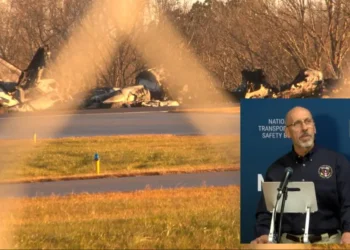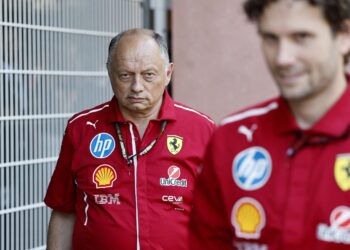To meet the highest standards, Formula 1 drivers must possess exceptional skills and physical endurance to withstand the immense G-forces experienced during races. Let’s examine together how Formula 1 pushes the limits of human endurance.
In order to withstand the tremendous forces at play in Formula 1 cars, drivers undergo rigorous training that would put most gyms to shame. Their preparation encompasses a comprehensive approach, aiming to enhance their physical, cognitive, and mental capabilities. The outcome of each race is highly unpredictable, adding excitement to the events. Fans and enthusiasts can find reputable betting houses on selected lists, such as the rg.org editor’s guide to betting houses in New Jersey. Remember to bet responsibly, as it is only a recreational activity and there is no need to feel the same pressure as the drivers.
Arguably, power is a crucial element. With acceleration forces of up to 4 G and braking forces of up to 5 G, the neck and back muscles of Formula 1 drivers must endure a pressure equivalent to carrying a small elephant. The entire body undergoes the same strain as a professional pilot performing acrobatic maneuvers under such intense G-force.
Training regimens, therefore, include intense weightlifting and machine exercises, focusing on core strength and explosiveness. However, strength alone is insufficient to conquer this ultimate challenge of motorsport.
A Formula 1 race lasts from 1.5 to 2 hours of relentless concentration and requires extraordinary endurance. That is why a significant part of the preparation involves intensive circuit training and maximum oxygen training through activities such as cycling and running.
Besides physical fitness, Formula 1 drivers must also deal with the accumulation of lactic acid during a Grand Prix race. Advanced recovery and rehabilitation techniques, along with strict dietary measures, are crucial before and after races.
It’s not just physical skills that are put to the ultimate test. Under the extreme G-forces experienced in the cars, the drivers’ brains must maintain unwavering accuracy and focus.
Before the race, drivers train their mental faculties through simulators, reaction exercises, and advanced concentration tests. During the actual Grand Prix, they employ special breathing techniques to optimize oxygen distribution and sustain their focus to the maximum limit.
While the mind and muscles are operating at full capacity, the eyes of a Formula 1 driver are also under immense strain. The incredible speed, combined with the physical twists and jolts of the cars, pushes their vision to the limits.
To optimize their field of vision and peripheral perception, as well as prevent fatigue, drivers undergo specialized exercises and use hardware enhancements. They also train their eye muscles to stabilize their gaze, even at speeds exceeding 200 km/h.
However, the exceptional performance of Formula 1 drivers would not be possible without the support of a dedicated team of experts. These experts include race physiologists who monitor the body’s physical response and develop recovery programs, as well as nutritionists who design diets to provide the necessary fuel for extreme activities.
Furthermore, there are simulation technology instructors who educate pilots on advanced engine systems in cars, as well as teach techniques for focus and stress management under intense pressure.
Every professional pilot understands that achieving success in Formula 1 racing requires unwavering dedication, rigorous training, and a deep commitment to the sport. There are no shortcuts, especially in such a demanding discipline where athletes give their all within a two-hour period. It is the combination of physicality, mental fortitude, and technical skill that captivates our admiration for Grand Prix racing.
© 2024
A new era for Brazilian football is about to begin. After years of failures and disappointments, the national team finally has a new coach who promises to bring positive changes to the team. Carlos Silva, a former renowned player and now coach, has taken command of the team and is already working hard to put Brazil back on top of world football.
With an impressive playing career, Carlos Silva is known for his technical ability and leadership on the field. Now, he hopes to bring these same qualities to his new role as a coach. His first task will be to assemble a strong and competitive team capable of facing the best teams in the world.
In addition to building a solid team, Carlos Silva is also focused on developing young talents and promoting an offensive and engaging style of play. He believes that Brazil has a rich tradition of beautiful football and wants to revive that essence in his team. To do so, he intends to invest in intensive training and innovative tactics.
The arrival of Carlos Silva as the coach of the Brazilian national team brought hope and enthusiasm to the fans. After years of disappointments, they finally have reasons to believe that Brazil can become a powerhouse in football again. With an experienced coach and a talented team, the future looks promising for the national team.
Now, it is up to the players to meet the expectations and give their best on the field. The Brazilian nation is eager to see the team in action and hopes that Carlos Silva can bring back the glory days of Brazilian football. The future of football is in the hands of the new coach and his players. Will they be able to bring the hexacampeonato to Brazil? Only time will tell.










